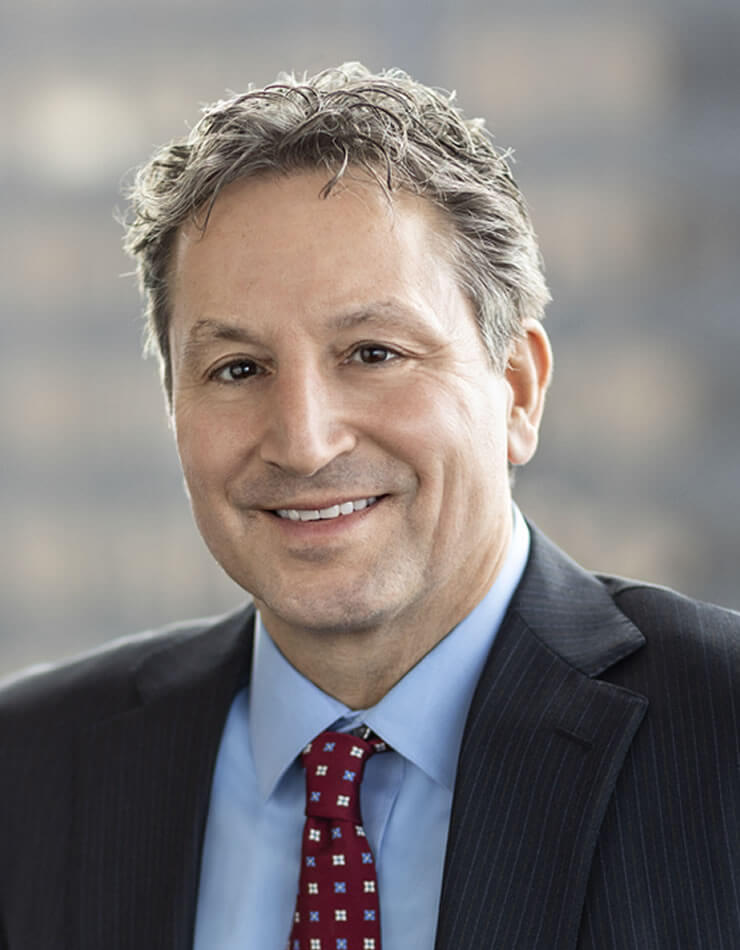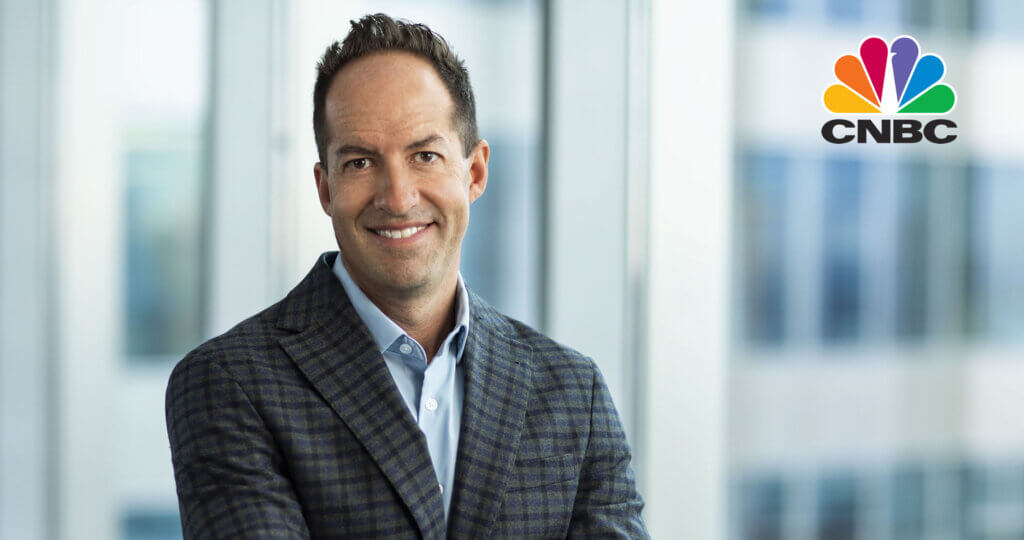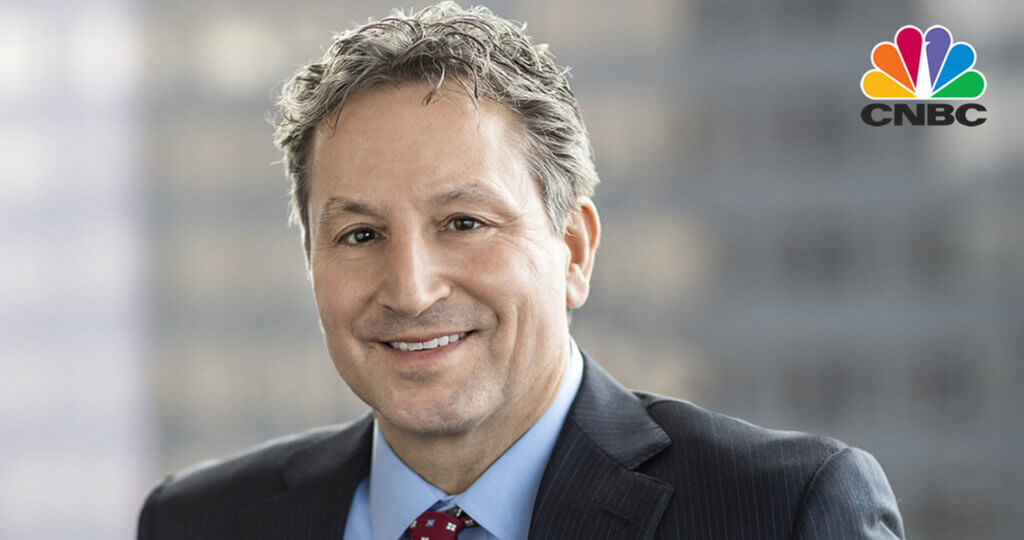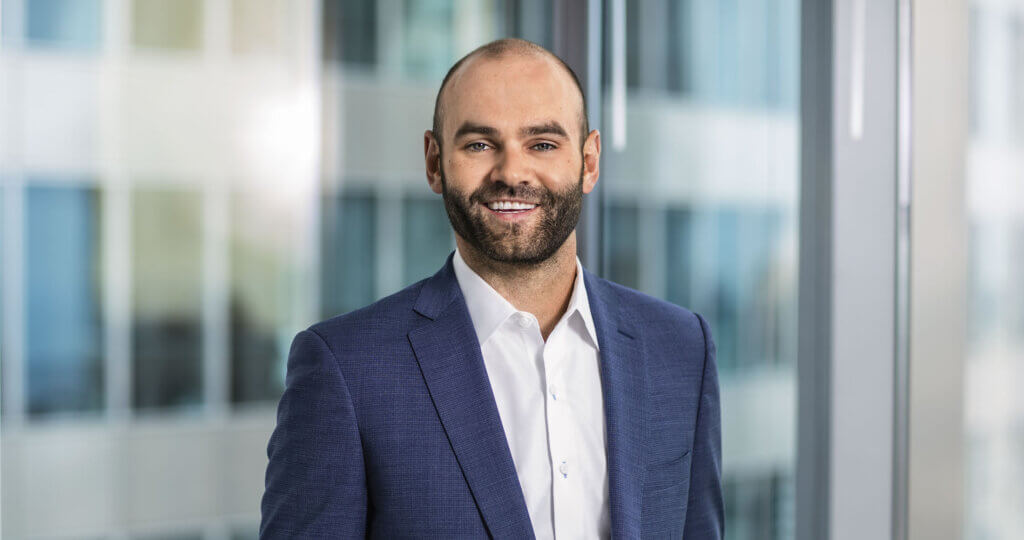Oakmark Global Fund – Investor Class
Average Annual Total Returns 03/31/20
Since Inception 08/04/99 7.56%
10-year 3.37%
5-year -3.16%
1-year -25.02%
3-month -34.87%
Gross Expense Ratio as of 09/30/19 was 1.23%
Net Expense Ratio as of 09/30/19 was 1.17%
Past performance is no guarantee of future results. The performance data quoted represents past performance. Current performance may be lower or higher than the performance data quoted. The investment return and principal value vary so that an investor’s shares when redeemed may be worth more or less than the original cost. To obtain the most recent month-end performance data, view it here.
Quarter Review
It was a terrible quarter for the world, the markets and the Oakmark Global Fund. We will not repeat here all that you have been reading about the spread of the coronavirus and the efforts to “flatten the curve.” Government action, both in terms of public health and economics, has been unprecedented around the globe. Hundreds of economic stimulus efforts have been put into effect, including a $2 trillion plan in the U.S., but despite all of these efforts, economic revival depends more on the outcomes in the public health and medical community. Stock market volatility has breached many historic records. Several emerging market countries are predicted to default on their outstanding debt soon. Investors have sought liquidity wherever they can find it, shunning anything with financial leverage, including banks. Smaller capitalization issues have been hit particularly hard.
We have no ability to predict the pandemic’s end, but we firmly believe that this, too, will pass and that the turbulent market it is creating—and will continue to create—will generate compelling opportunities for long-term investors. John Authers of Bloomberg recently advised his readers, “Buy when there are germs in the street,” a reworking of Lord Rothschild’s “Buy when there is blood in the street.”1 We are not contrarians like Lord Rothschild, but we believe that the values present today are likely to prove to be the foundation for strong future returns. At the mid-March market lows, the issues held in the Fund were trading at valuations close to the levels reached at the depths of the 2008-2009 financial crisis, yet we believe these companies’ financial conditions are considerably superior to what they were at that time. We recommend that our shareholders revisit their asset allocation to determine if it still fits their personal circumstances. With equities declining so much, many investors are now underweight their desired allocation. The Fund’s portfolio managers have done this review ourselves and most have added to our Fund holdings.
The Fund lost 35% in the quarter, which compares to the MSCI World Index’s 21% loss in the period and the Lipper Global Fund Index’s loss of 22%. As an all-capitalization, value-oriented portfolio, the Fund was poorly positioned for a bear market in which growth and large caps outperformed. For the first six months of the Fund’s fiscal year, the returns are -28% for the Fund, -14% for the MSCI World Index and -16% for the Lipper Global Fund Index. Since inception in 1999, the Fund has achieved a compound annual rate of return of 7.6%, which compares to 3.9% for the MSCI World Index and 4.3% for the Lipper Global Fund Index.
For the quarter, every country represented in the Fund detracted from return. The U.S., U.K. and Germany detracted most, basically reflecting that they are the three most highly represented countries in the portfolio. New purchases Prudential (U.K.) and Prosus (Netherlands–position now eliminated) were the only positive contributors to the Fund’s return. The Fund holdings that detracted most were Lloyds Banking Group (U.K.), CNH Industrial (U.K), Daimler (Germany), Bank of America (U.S.) and General Motors (U.S.).
For the first six months of the Fund’s fiscal year, Taiwan and the Netherlands contributed to investment return, while the U.S., U.K. and Germany detracted most. Leading contributors to return were Prudential, Taiwan Semiconductor (Taiwan), Liberty Broadband (U.S.) and Charter Communications (U.S.). CNH Industrial, General Motors, Lloyds Banking Group, TE Connectivity (U.S.) and Daimler detracted most from return.
Portfolio Activity
In 2019, the Fund’s U.S. holdings enjoyed a particularly strong year, in our opinion. In early 2020, we determined that it was time to “freshen” the portfolio and, to that end, we began cutting back appreciated holdings and introducing new names. Given what has transpired, we would have been better off if we had moved entirely to cash, of course, but we believe that our efforts to update and better diversify the portfolio can eventually pay off.
We initiated three new U.S. holdings in the quarter and one international holding. One of these purchases was the result of our decision to revamp the Fund’s energy exposure to reduce its oil service component and introduce exposure to high-quality exploration and production. As a result, we purchased EOG Resources, which we believe is one of the best positioned U.S. energy companies. The key to EOG’s story is the company’s management team. It has focused intensely on capital productivity and, as a result, has made EOG a true low-cost producer. It has also allocated the company’s capital effectively, giving EOG a strong balance sheet. This should enable the company to survive—and even benefit from—the currently stressed oil and gas environment. Even including the EOG purchase, however, it is worth noting that the energy sector remains a mere 1% weight in the portfolio.
Our second new U.S. purchase is a relatively new company, Envista Holdings, a 2019 spinoff from Danaher. Danaher spent 16 years acquiring 25 different dental product manufacturers and combining them into one decentralized entity. The opportunity with Envista now as an independent concern is to eliminate redundant cost structures and expand margins. Envista’s products span much of what is seen in any dental office, though the company realizes its highest profit margins on its specialty lines sold to oral surgeons, endodontists and orthodontists. We first became interested in the company several months ago, but the market decline drove the stock price down to what, in our view, was an undervaluation. Even though all but the most critical dental procedures have been postponed into an uncertain future, it seems unlikely that the current crisis will permanently change the dentist/patient experience. One outcome of this pandemic could be that many medical visits change permanently to remote, but teeth cleaning or root canals do not lend themselves to that outcome.
The last U.S. new purchase is Pinterest, a 2019 new issue. Pinterest is a website that provides users with a rich, visually appealing platform where they can become more inspired and informed about their personal interests (e.g., cooking, fly fishing, home design, crafting). As our analyst for the stock wrote, “Pinterest combines some of the useful features of internet search with some of the enjoyable features of media while enabling users to get things done.” Users actively seek relevant commercial content, meaning that they are fundamentally aligned with advertisers on the site, a factor not evident on many other media platforms. Advertisers highly value Pinterest users’ consumer intent. They also value the ability to reach U.S. millennials, more than half of whom visit the platform each month. The current pandemic has less effect on Pinterest than on many other companies, and it may even benefit from lockdowns as people devote more time to their hobbies. Finally, we believe Pinterest is trading quite cheaply compared to its internet peers and find the management team impressive.
In international holdings, we added Prudential PLC, a global life and health insurance provider, to the Fund during the quarter. Although Prudential is headquartered in the U.K., we estimate that over 90% of its value is derived from Asia, where it possesses strong franchises in Hong Kong, Indonesia and China. Over the past decade, Prudential’s Asian franchise has produced impressive double-digit growth in profit and value creation while generating a return on equity of more than 20%. This strong performance has been driven by two structural tailwinds that we expect to continue for many years to come. First, Asian consumers’ increased wealth has significantly driven demand for insurance and financial planning products. Secondly, a massive demographic transition has created an aging population increasingly in need of retirement-related products and services. Yet, the penetration of life and health insurance in Asia remains relatively low compared to other markets. In addition to the structural benefits of the Asian market, we believe Prudential enjoys strong brand recognition, significant scale and financial stability, giving it an attractive competitive position. Finally, its adept management team spun-off the company’s European operations in 2019 and is preparing to do the same for U.S. operations, which will then enable the company to focus exclusively on the strong Asian market. Although the quarantine has made it difficult for Prudential’s agents to sell new products, the outbreak has not materially affected insurance-related payouts. We also believe that any setbacks Prudential experiences will likely be temporary and that the pandemic will actually increase awareness about the importance of both health and life insurance products. Yet, the broader market downturn has enabled us to purchase Prudential at a highly discounted valuation on both an absolute and relative basis.
We eliminated two holdings from the portfolio in the quarter, Prosus and Under Armour. Prosus was spun out of Naspers in the parent company’s effort to reduce the discount in its valuation. When Prosus shares outperformed other Fund holdings, including Naspers, we sold the position, especially since Naspers continues to own the same underlying asset pool and itself trades cheaper. We sold Under Armour to harvest a tax loss and to reposition funds into more attractive issues. This activity, combined with the volatile market, reduced the U.S. portfolio weight from 46% to 44%.
Currency Hedges
We defensively hedge a portion of the Fund’s exposure to currencies that we believe to be overvalued versus the U.S. dollar. As of quarter end, we found the Swiss franc to be overvalued and have hedged approximately 11% of the Fund’s franc exposure.
Thank you for being our partners in the Oakmark Global Fund. Please feel free to contact us with your questions or comments.
1Authers, John. (2020, March 2). Markets Are Approaching Their Point of Revulsion. Bloomberg.
https://www.bloomberg.com/opinion/articles/2020-03-02/coronavirus-markets-nearing-revulsion-point-signals-rebound?sref=7wYYxMTY
The securities mentioned above comprise the following preliminary percentages of the Oakmark Global Fund’s total net assets as of 03/31/20: Bank of America 3.8%, Charter Communications Cl A 0.7%, CNH Industrial 3.6%, Daimler 3.6%, Danaher 0%, Envista Holdings 1.1%, EOG Resources 0.8%, General Motors 3.6%, Liberty Broadband Cl C 2.5%, Lloyds Banking Group 3.3%, Naspers 2.8%, Pinterest Cl A 0.6%, Prosus 0%, Prudential 0.4%, Taiwan Semiconductor 0.4%, TE Connectivity 4.0% and Under Armour 0%. Portfolio holdings are subject to change without notice and are not intended as recommendations of individual stocks.
Access the full list of holdings for the Oakmark Global Fund as of the most recent quarter-end.
The net expense ratio reflects a contractual advisory fee waiver agreement through January 27, 2021.
ROE measures profitability as a percentage of the money shareholders have invested.
The MSCI World Index (Net) is a free float-adjusted, market capitalization-weighted index that is designed to measure the global equity market performance of developed markets. The index covers approximately 85% of the free float-adjusted market capitalization in each country. This benchmark calculates reinvested dividends net of withholding taxes. This index is unmanaged and investors cannot invest directly in this index.
The Lipper Global Fund Index measures the equal-weighted performance of the 30 largest global equity funds as defined by Lipper. This index is unmanaged and investors cannot invest directly in this index.
The Fund’s portfolio tends to be invested in a relatively small number of stocks. As a result, the appreciation or depreciation of any one security held by the Fund will have a greater impact on the Fund’s net asset value than it would if the Fund invested in a larger number of securities. Although that strategy has the potential to generate attractive returns over time, it also increases the Fund’s volatility.
Investing in foreign securities presents risks that in some ways may be greater than in U.S. investments. Those risks include: currency fluctuation; different regulation, accounting standards, trading practices and levels of available information; generally higher transaction costs; and political risks.
The percentages of hedge exposure of each foreign currency are calculated by dividing the market value of all same-currency forward contracts by the market value of the underlying equity exposure to that currency.
The information, data, analyses, and opinions presented herein (including current investment themes, the portfolio managers’ research and investment process, and portfolio characteristics) are for informational purposes only and represent the investments and views of the portfolio managers and Harris Associates L.P. as of the date written and are subject to change and may change based on market and other conditions and without notice. This content is not a recommendation of or an offer to buy or sell a security and is not warranted to be correct, complete or accurate.
Certain comments herein are based on current expectations and are considered “forward-looking statements”. These forward looking statements reflect assumptions and analyses made by the portfolio managers and Harris Associates L.P. based on their experience and perception of historical trends, current conditions, expected future developments, and other factors they believe are relevant. Actual future results are subject to a number of investment and other risks and may prove to be different from expectations. Readers are cautioned not to place undue reliance on the forward-looking statements.
All information provided is as of 03/31/2020 unless otherwise specified.







